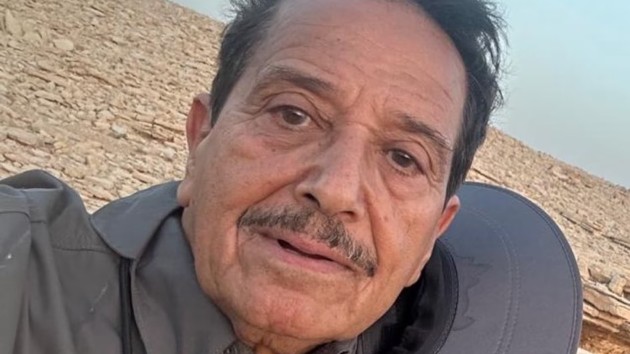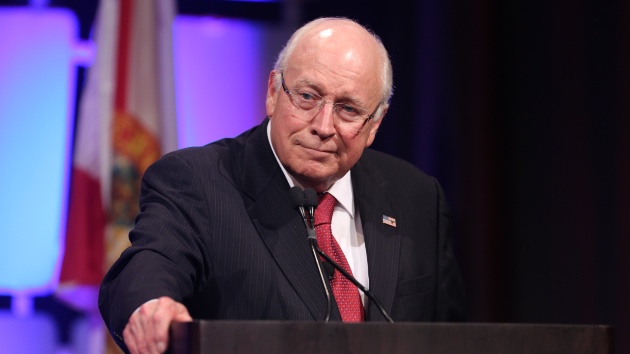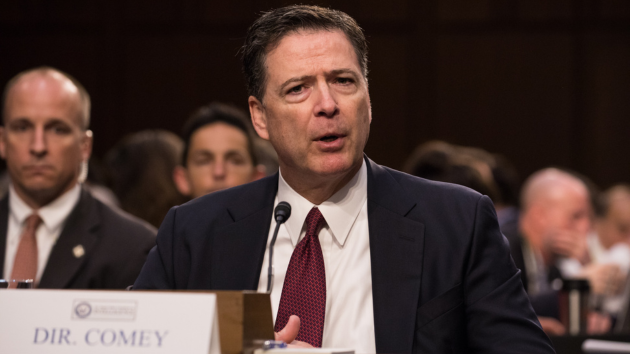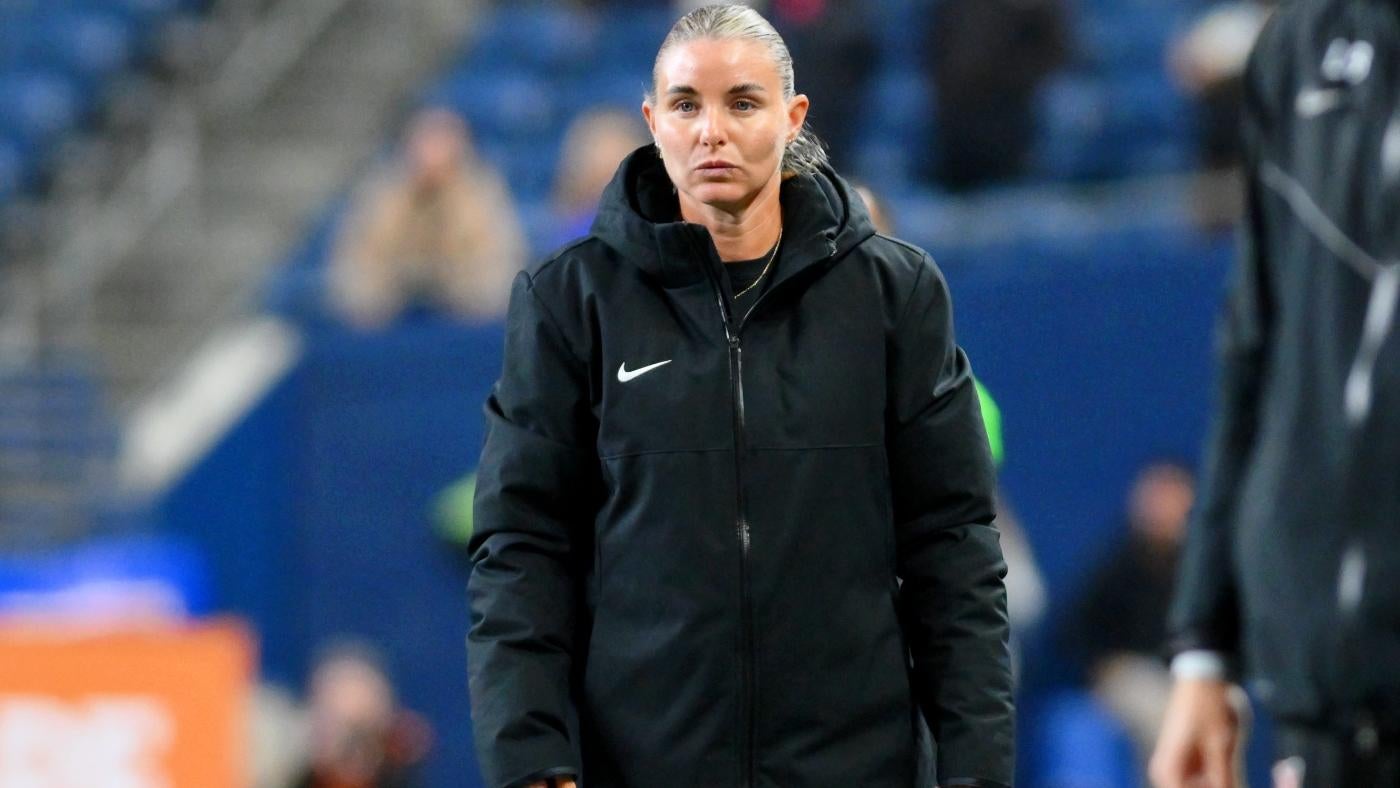New Mexico ‘downwinders’ fight for aid after Manhattan Project amid community’s cancer concerns
Written by ABC Audio ALL RIGHTS RESERVED on November 2, 2023

(TULAROSA, N.M.) — The Trinity Test, the detonation of the first atomic bomb in 1945, was a technical success — the gadget, as it was codenamed, generated 18 kilotons of force, and the explosion set off the nuclear age. But many New Mexico residents consider it the beginning of a decades-long disaster.
Families near the test site have complained for generations about unusually high occurrences of cancer.
“I always tell people, ‘This isn’t normal cancer histories. This isn’t normal health histories,'” said Tina Cordova, the head of the Tularosa Basin Downwinders Consortium, a group advocating for the communities around the test site.
Cordova founded the group back in 2005 and says that the original mission was to educate people on the potential health risks from nuclear fallout. They would hold town halls and presentations all over New Mexico. That’s where, six years ago, Paul Pino learned that he and his family could have been affected.
“My brother died of stomach cancer, my mom died of bone cancer. One of my sisters is surviving brain tumors and the other one is surviving thyroid cancer. All four that were alive at that time were affected,” Pino tells “Nightline.” “And during those two hours of that presentation, I thought everything just fit together all of a sudden, you know?”
“Nightline” rode along with Pino and a group of local farmers as they dropped off fresh produce and informational flyers at senior centers and churches in the area.
“‘There were families living as close as 12 miles to the test. The bomb was plutonium-based. Plutonium has a half-life of more than 24,000 years. In 1945, most if not all of the villages had no running water,'” Pino read from one of the flyers.
“‘We drank rainwater…that was contaminated. 1945, there were no grocery stores in the small villages.’ There’s still not a grocery store here. That’s why there’s people here, you know, at sunrise to get fresh produce.”
Cancer is the second leading cause of death in the United States and although radiation exposure is a known risk, it may be impossible to know how much radiation exposure in this community may or may not have influenced a person’s chances of getting cancer.
The Trinity Test site was chosen by the military and Manhattan Project leadership due to its relative isolation, and because it was in the middle of a massive swath of land being used as a bombing range. However, census data shows that around half a million people lived within a 150-mile radius of the test.
The scientists were aware radiation could be harmful, but at the time the link to cancer had yet to be established. They were also not sure how the fallout from the blast would travel.
Dr. Joseph Shonka, a health physicist who spent years working on the Los Alamos Historical Document Retrieval and Assessment (LAHDRA) project, explained: “They had a very large test called the 100 Ton Test. It had a little more than 100 tons of high explosives. And they put a radioactive source in the middle of it.”
“And at the time, they believed both that test and the Trinity test would have a fireball…so large it would rapidly rise to the stratosphere and disperse harmlessly around the earth. They were very surprised to find out it did not do that. When you’re close to the Earth, you pull a lot of dirt up into the fireball. So the fireball doesn’t rise as rapidly or as high.”
Despite those test results, the plans for the Trinity Test continued at the same pace. While they knew there could be substantial fallout, the scientists believed it would ultimately be harmless to the general public. Still, extensive preparations were made to evacuate the entire state of New Mexico if anything went wrong.
On the day of the test, the explosion went off largely as planned. However, of the 13 pounds of plutonium in the bomb’s core — only three points were combusted. The other 10 pounds were dispersed into the atmosphere.
Scientists who followed the plume and took measurements underneath were shocked to see the actual radiation was many multiples higher than previously expected. Despite that information, no evacuations were done.
“After the Trinity Test, they had a cover story. They repeatedly have said Trinity was a test conducted on unoccupied government lands,” Dr. Shonka told “Nightline. “But Trinity was also an accident…It greatly exceeded Chernobyl, Fukushima, and Three Mile Island. It was the first nuclear accident in history and the worst nuclear accident in history.”
It was later established that a family who lived on a ranch near the test site was as highly exposed to radiation as the most exposed survivors of Hiroshima or Nagasaki. But still, no one was informed of any risks, or even of the exposure itself.
After the Trinity Test, Manhattan Project leadership determined that any future above ground testing of nuclear weapons needed to take place further than 150 miles from the closest urban setting.
They continued testing bombs in the Nevada desert until 1963. Years later, communities that lived downwind of those test sites started experiencing high rates of cancer.
In 1990, lawmakers passed the Radiation Exposure Compensation Act, or RECA. The government established that 19 different cancers can be associated with high-dose exposure to radiation, or radiogenic.
Through RECA, people who have had, or are related to people who have had, radiogenic cancers and can tie it to nuclear testing can apply for lump sums of money. It covers residents of downwinder communities in Nevada, along with Utah and Arizona.
The bill also covers people who worked in uranium mines before 1971, when the US government stopped being the major purchaser of uranium. But it doesn’t include New Mexico.
“Imagine our shock when we found out that there had been this fund set up,” Cordova told “Nightline.” “We were the first people exposed to radiation any place in the world as a result of an atomic bomb. And we’re left out?…I thought ‘This has to be purposeful.'”
ABC News reached out to the U.S. Justice Department’s Civil Division, who is in charge of the RECA program, for comment and did not receive a response.
Cordova and the New Mexico Downwinders have spent over 10 years lobbying to be included in RECA. This summer, they finally had some momentum.
An expansion that would include New Mexico in the act — authored by senators Josh Hawley (R-MO), Mike Crapo (R-ID), and Ben Ray Lujan (D- NM) — was passed with bipartisan support in the Senate. The expansion, attached as an amendment to the Defense spending bill, would allow New Mexico residents to apply for a $150,000 one-time payment of restitution, and acknowledge the government’s actions in the state.
However, months later, it has not even been proposed in the House.
Sen. Hawley wrote “Nightline,” “I’ve been proud to partner with Senator Luján to get justice for individuals from Missouri to New Mexico who have been poisoned by their government’s negligence. The Senate passed an expansion of RECA with strong bipartisan support, now the House must send this bill to the President’s desk. It’s been long enough.”
“I’ve been doing this work for 18 years. Do you know how many times I’ve been up and then down? But I’m telling you right now, there’s no doubt in my mind, I’ve invested this much time. There’s no going back,” Cordova told “Nightline. “I will do this work until the day we find success or until the day they put me in the ground. And all of us feel that way.”
Copyright © 2023, ABC Audio. All rights reserved.

 KVSP
KVSP 




